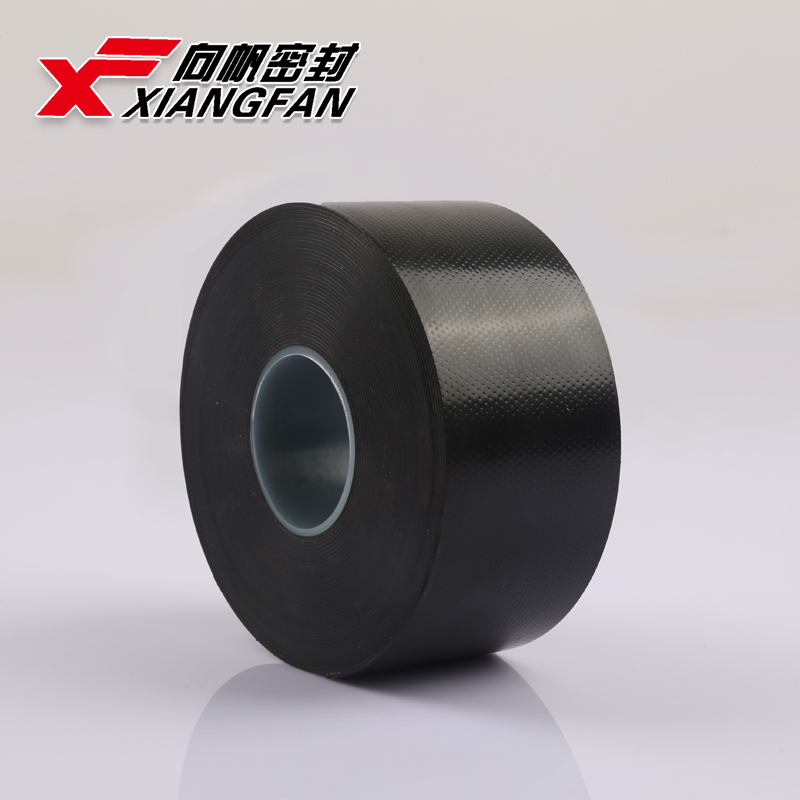The Impact of Yellow Floor Tape in Modern Environments
In various settings, such as warehouses, manufacturing plants, hospitals, and even schools, you'll often notice bright yellow floor tape marking specific areas on the ground. This seemingly simple material serves multiple critical functions, making it an invaluable tool across different industries. In this article, we will explore the significance of yellow floor tape, its applications, and how it contributes to safety and organization in our everyday environments.
At its core, yellow floor tape is primarily utilized as a safety precaution. The bright color commands attention, immediately alerting individuals to delineate spaces such as walkways, forklift paths, hazardous areas, or even restricted zones. By clearly marking these areas, the likelihood of accidents can be significantly reduced. For instance, in a bustling warehouse, workers and machinery share tight spaces. Yellow floor tape can delineate walkable paths for employees, guiding them safely around potential hazards like loading docks or machinery in operation.
Beyond safety, yellow floor tape plays a pivotal role in enhancing organizational efficiency. In busy environments such as factories, clear markings on the floor can streamline processes by directing the flow of traffic and materials. For instance, by utilizing different colors of tape for various functions—yellow for walkways, red for hazardous zones, and green for operational areas—employees can quickly understand their surroundings. This system not only improves efficiency but also reduces confusion, allowing workers to focus on their tasks rather than navigation.
In healthcare facilities, yellow floor tape serves a dual purpose of safety and organization
. Hospitals often have critical areas where patients must be transported efficiently while minimizing risk. For example, yellow tape can indicate the path to surgical wards or emergency exits, allowing staff to guide individuals swiftly through the facility. Additionally, it can help in directing visitors and patients, ensuring that they do not inadvertently enter areas restricted for staff only.yellow floor tape

Moreover, yellow floor tape is instrumental in complying with health and safety regulations. Many industries are subject to strict guidelines that necessitate clear markings for safety. Using yellow tape as a standardized approach fulfills these regulatory requirements, providing visual cues that are easily understandable for everyone, regardless of their background. This importance extends to training new employees, who can rely on these visual aids to learn and adapt to the layout of their workplace more effectively.
Another advantage of yellow floor tape is its versatility and ease of use. Unlike permanent paint, tape can be easily applied and removed. This adaptability is especially valuable for businesses that may need to change layouts frequently due to expansion, changing workflows, or seasonal demands. The tape can be applied quickly, allowing for instant alterations, which is crucial in fast-paced environments. Additionally, high-quality yellow floor tape typically possesses durability and resistance to wear and tear, ensuring longevity even in high-traffic areas.
In educational settings, the use of yellow floor tape is becoming increasingly common. It can guide students, indicate areas for activities, or denote safe zones during drills. The visual nature of the tape aids in teaching students about spatial awareness and safety protocols, instilling good habits from a young age.
In conclusion, the utility of yellow floor tape extends far beyond its eye-catching appearance. As a multifaceted tool, it enhances safety, promotes organization, and ensures compliance with regulations across various environments. Whether in warehouses, hospitals, factories, or schools, the role of yellow floor tape is critical in creating a safe and efficient working or learning environment. As industries continue to evolve, the importance of such practical solutions will undoubtedly grow, emphasizing the need for effective communication through visual aids like yellow floor tape. By investing in these simple yet powerful tools, organizations can safeguard their operations and foster a culture of safety and efficiency.
-
XIANGFAN Rubber Tape-Ultimate Solutions for All Your Insulation NeedsNewsJun.24,2025
-
XIANGFAN Rubber Tape-Protection for Industrial and Residential ApplicationsNewsJun.24,2025
-
XIANGFAN Rubber Tape: Superior Safety and Sealing for Demanding EnvironmentsNewsJun.24,2025
-
XIANGFAN Rubber Tape: Reliable Solutions for Every Electrical ChallengeNewsJun.24,2025
-
XIANGFAN Electrical & Industrial Tape: Powering Reliability Across IndustriesNewsJun.24,2025
-
XIANGFAN Electrical & Industrial Tape: Excellence in Every ApplicationNewsJun.24,2025
